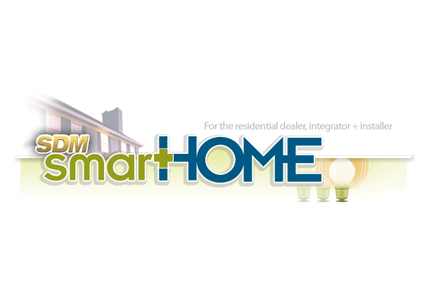
|
| AirTouch uses depth information to control objects from a distance. Screenshot by PointGrab |
PointGrab has revealed a new solution designed to let homeowners control devices from a distance with their hands. The company is unveiling two new versions of its gesture-recognition software, which now works with standard 2D cameras on consumer devices. Currently, Samsung, Lenovo, Acer, and other manufacturers have integrated the technology into their consumer devices such as TVs and PCs.
AirTouch is an update to the current PointGrab technology, which recognizes hand or finger motion and tracks it to remote-control devices. AirTouch uses depth information to control objects from a distance. It goes beyond the typical cursor control, enabling more of a virtual touch screen controlled by pointing and gestures, including swiping, grabbing, and two-hand zooming.
The second product, PointSwitch, is designed to control home appliances via pointing and gestures. The PointSwitch technology, a chip with gesture algorithms embedded in a device, calibrates the position of your eyes with the position and direction of your finger. For example, you can point your finger at a lamp and turn the dimmer up or down. The PointSwitch technology can detect gestures up to 15 feet away and under all lighting conditions, the company said. PointGrab is working with manufacturers to embed its chips in “smart” appliances.
At this stage, gesture controls are still in their infancy. Other companies, such as Eyesight and Extreme Reality, are developing gesture and body movement recognition software that work with a variety of devices equipped with standard 2D cameras. In addition, Leap Motion has introduced a hardware controller for enabling gesture control, and Microsoft’s Xbox One will enable control of more than games. Apple recently acquired PrimeSense, the 3D-sensing company behind Microsoft’s original Kinect sensor.
The Multimedia Research Group estimates that software-based gesture controls will reach 35 percent penetration on consumer entertainment devices by 2018. PointGrab and its competitors are hoping to catch that wave.






